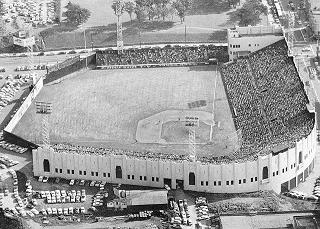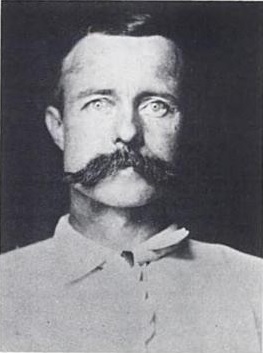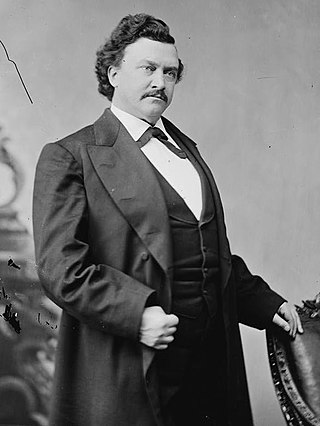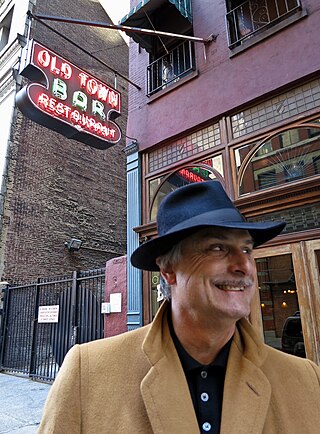
Leather subculture denotes practices and styles of dress organized around sexual activities that involve leather garments, such as leather jackets, vests, boots, chaps, harnesses, or other items. Wearing leather garments is one way that participants in this culture self-consciously distinguish themselves from mainstream sexual cultures. Many participants associate leather culture with BDSM practices and its many subcultures. For some, black leather clothing is an erotic fashion that expresses heightened masculinity or the appropriation of sexual power; love of motorcycles, motorcycle clubs and independence; and/or engagement in sexual kink or leather fetishism.
The Cacophony Society is an American organization described on their website as "a randomly gathered network of free spirits united in the pursuit of experiences beyond the pale of mainstream society". It started in 1986 by surviving members of the defunct Suicide Club of San Francisco.

SantaCon is an annual pub crawl in which people dressed in Santa Claus costumes or as other Christmas characters parade in hundreds of cities around the world. The event has sometimes been characterized by drunken behavior, sparking community resistance.
The Mission District, commonly known as the Mission, is a neighborhood in San Francisco, California. One of the oldest neighborhoods in San Francisco, the Mission District's name is derived from Mission San Francisco de Asís, built in 1776 by the Spanish. The Mission is historically one of the most notable centers of the city's Chicano/Mexican-American community.

The Atchison, Topeka and Santa Fe Railway, often referred to as the Santa Fe or AT&SF, was one of the largest Class 1 railroads in the United States.
The Sisters of Perpetual Indulgence (SPI), also called Order of Perpetual Indulgence (OPI), is a charitable, protest, and street performance movement that uses drag and religious imagery to satirize issues of sex, gender, and morality and fundraise for charity. In 1979, a small group of gay men in San Francisco began wearing the attire of Catholic nuns in visible situations using camp to promote various social and political causes in the Castro District.

Seals Stadium was a minor league baseball stadium on the west coast of the United States, located in San Francisco, California; it later became the first home of the major league San Francisco Giants. Opened in the Mission District in 1931, Seals Stadium was the longtime home of the San Francisco Seals (1931–57) of the Pacific Coast League. The PCL's Mission Reds (1931–37) shared the ballpark with the Seals for the first seven years, then moved to Los Angeles and became the Hollywood Stars.
The Suicide Club was a secret society in San Francisco, which lasted from 1977–82. It is credited as the first modern extreme urban exploration society, and also known for anarchic group pranks. Despite its name, the club was not actually about suicide. Rather the club focused on people facing their fears and engaging in daring experiences.

Carol Ann Doda was an American topless dancer based in San Francisco, California, who was active from the 1960s through the 1980s. She was the first public topless dancer in the United States.

Buckskin Franklyn Leslie was a U.S. Army scout, gambler, bartender, rancher, miner, gunfighter, and con-man. He was known for his fringed buckskin jacket. He became famous in Tombstone, Arizona, for killing two men in self-defense. He married the widow of one of his victims eight days after killing her husband. Following their divorce, Leslie later shot and killed a woman he lived with at his ranch while drunk and in a fit of jealousy. He was sentenced to life in prison, but only served six years before he was pardoned. He was last listed in the U.S. Federal Census on January 27, 1920 in Sausalito, California. No public records of him have been found after this date, and it is not known when he died.
The Trunk Space is an all-ages music venue in Phoenix, Arizona, United States. It is located at 1124 N 3rd Street.

Benjamin Joseph Franklin was a U.S. Representative from Missouri, and territorial governor of Arizona.

John Law is an American artist, culture-jammer, and neon sign technician. He was a primary member of the Cacophony Society and a member of the Suicide Club. He is also a co-founder of Burning Man which evolved out of the spirit of the Cacophony Society when a precursor solstice party was banned from San Francisco's Baker Beach and merged with another Cacophony event on the Black Rock desert in Nevada. Originally from Michigan, Law has lived in San Francisco, California since 1976, and has maintained the signage and clock face of the Tribune Tower in Oakland, where he also has an office, since 1996.

Litquake is San Francisco's annual literary festival. Originally named Litstock, the festival events took place in a single day in Golden Gate Park in the spring of 1999. It now has a two-week run in mid-October, as well as year-round programs and workshops.

Phoenix Fan Fusion is a speculative fiction entertainment and comic book convention held annually in Phoenix, Arizona. It was founded as the Phoenix Cactus Comicon in June 2002, and originally consisted of a one-day six-hour event held in Ahwatukee, Arizona. The convention plays host to comic related panels, programming events, art contests, and autograph signings for all ages. It is a three-day event (Friday-Sunday) held during the summer at the Phoenix Convention Center in downtown Phoenix. On Thursday evening prior to the official opening of the event, there is a preview for professionals, exhibitors, and select guests pre-registered for all four days.

Saboten Con is an annual four-day anime convention held during August/September at the Sheraton Phoenix Downtown in Phoenix, Arizona. The convention is held over Labor Day weekend. Its name comes from the Japanese word saboten, meaning "cactus".
The San Francisco Drag King Contest is an annual contest for drag kings held in San Francisco, California and founded by performer and producer, Fudgie Frottage. It is the biggest drag king contest in the world, and the longest running drag king competition in the U.S. The related International Drag King Community Extravaganza (IDKE) is the largest drag king performance event in the world but not a contest. The 26th Annual San Francisco Drag King Contest will be held Sunday, August 21st, 2022.

The lesbian, gay, bisexual and transgender (LGBT) community in San Francisco is one of the largest and most prominent LGBT communities in the United States, and is one of the most important in the history of American LGBT rights and activism alongside New York City. The city itself has been described as "the original 'gay-friendly city'". LGBT culture is also active within companies that are based in Silicon Valley, which is located within the southern San Francisco Bay Area.

The Stud was a queer bar located in South of Market, San Francisco, closed in May 2020. It was started by associates George Matson and Alexis Muir on May 27, 1966. According to George Matson, it was a "bar for people, not just pretty bodies". Originally, the Stud was located at 1535 Folsom Street; in 1987, it moved to its current location at Ninth and Harrison Streets. The Stud was known for its themed parties, drag and burlesque shows, and community events. It was also home of the famous Trannyshack, a weekly drag show that featured all different types of drag and drag stars from 1996 until 2008.











